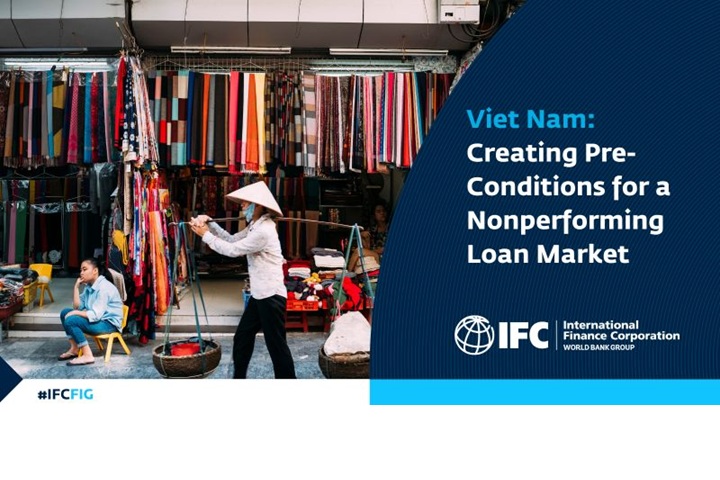Can digital plug the SME credit funding gap and support financial inclusion? Lack of financing for small business has vexed policy makers around the globe for years but, by working together, banks, governments and technology companies have it within their power to solve the problem today.
More than 200 million small and medium enterprises (SMEs) in emerging markets lack access to finance. This inability to raise working capital is particularly a problem for small businesses, including technology start-ups and professionals branching out into entrepreneurship.
SMEs are a major driver of economic growth and job creation, accounting for more than half of the world’s GDP and two-thirds of its work force. Yet, they have difficulty securing financing, limiting their ability to grow and thrive.
Financial inclusion refers to universal access to reasonably priced financial services, provided by sound and sustainable institutions. It includes saving, investing and borrowing. In recent years, a lot of progress has been made in promoting financial inclusion for individuals for their saving needs, through new mobile payment systems and increased access to bank accounts. In the three years to 2014, the number of unbanked adults globally dropped 20 per cent to 2 billion.










